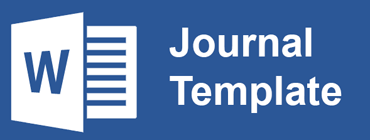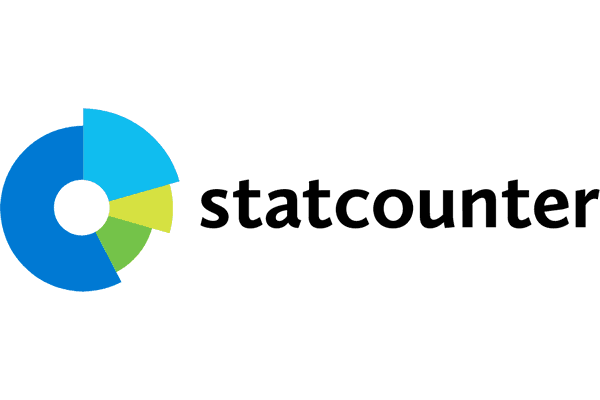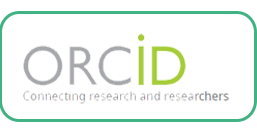THE CONCEPT AND TERMINOLOGY OF IKHLAS IN AL-QUR’AN AND ITS APPLICATION
Abstract
Full Text:
PDFReferences
Abul Qasim Abdul Karim Hawazin al-Qusyairi an-Nasaburi, Risalah Qusyfairiyah: Sumber Kajian Ilmu Tasawuf. Quoted from Eduprof: Islamic Education Journal Volume 1 Nomor 1 Maret 2019/P-ISSN: 2723-2034. https://doi.org/10.47453/edu
Ahmad Thib Raya, Memahami Makna Kata Ikhlas, dalam https://tafsiralquran.id
Al-Maraghi, Ahmad Mushtafa, Tafsir Al-Maraghi, 25th Edition, Dar Ihya’I al-Turats al-‘Arabiy
Al-Baqiy, Muhammad Fuad Abdul, Mu’jam Al-Mufahrasy li Al-Fadz Al-Qur’an, Dar el-Fikr, Beirut, 1996
Al-Ghazali, ,KD‘8OXPLddin (Jakarta: C.V. Faizan, 1989)
Al-Fawaid. Cetakan keenam, tahun 1431 H. Muhammad bin Abi Bakr Az-Zar’I (Ibnu Qayyim Al-Jauziyah). Penerbit Maktabah Ar-Rusyd
Al-Qurthuby, al-Jami’ Li Ahkam al-Qur’an, 10/299.
Departemen Agama RI, Al-Qur’an Terjemah Per-Kata, Yayasan Penyelenggara Penerjemah/Penafsir Al-Qur’an Revisi Terjemah oleh Lajnah Pentashih Mushaf Al-Qur’an Departemen Agama Republik Indonesia, 2007.
Hasan, Ahmad Bin, Fathur Rahman Li Tholibi Ayatil Qur’an, Beirut, 1322 H/1904 M
Jami’ul Ulum wal Hikam, Ibnu Rajab Al Hambali, hal. 20, Darul Muayyad, cetakan pertama, 1424 H. Sumber https://rumaysho.com/636-faedah-surat-al-mulk-allah-menguji-manusia-siapakah-yang-baik-amalnya.html. Accessed on 16th of June 2021.
Lu’luatul Chizanah, Ikhlas Prososial?: Studi Komparasi Berdasar Caps, dalam Jurnal Psikologi Islam, Vol. 8 No. 2 (Tahun 2011) H. 147. Accessed from ejournal.uin-malang.ac.id/index.php/psiko/artng e/view/1555/2732
Muhammad, Abubakar, Tata Bahasa Bahasa Arab, Bagian Fi’il dan Isim – Isim Yang Marfu’, 1982, Al-Ikhlas, Surabaya, Indonesia.
Mushaf Al-Madinah An-Nabawiyah, The Holy Qur’an English Translation of the Meanings and Commentary, Revised and Edited By The Presidency of Islamic Researches, IFTA, CALL AND GUIDANCE, King Fahd Holy Qur’an Printing Complex, 1411 H/ 1990 M.
Rasyid Ridla, Muhammad, Tafsir al-Qurann al-Hakiim, j. V, cet. 2 (Kairo: Majallah alManar, 1947),
Shofaussamawati, STAIN Kudus, Jawa Tengah, in Hermeunetik Journal, Vol. 7, No. 2, December 2013.
Sukamto, Imaduddin, H. Dr., MA and Akhmad Munawari, S.Ag, Tata Bahasa Arab Sistematis, (Pendekatan Baru Mempelajari Tata Bahasa Arab), Edisi Revisi, Cetakan VI, Juni 2008, Nurma Media Idea, Pondok Pesantren Nurul Ummah Jl. Raden Ronggo 982 Prenggan Kotagede Yogyakarta 55172.
DOI: http://dx.doi.org/10.30829/vis.v17i1.1040
Refbacks
- There are currently no refbacks.
Copyright (c) 2021 VISION
















